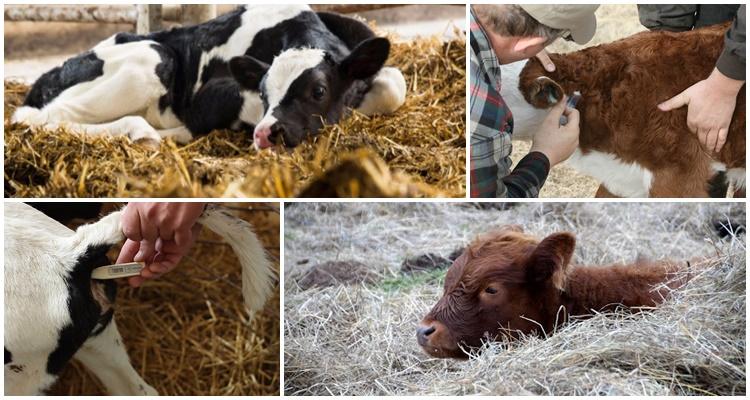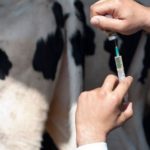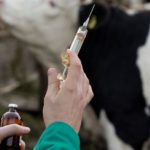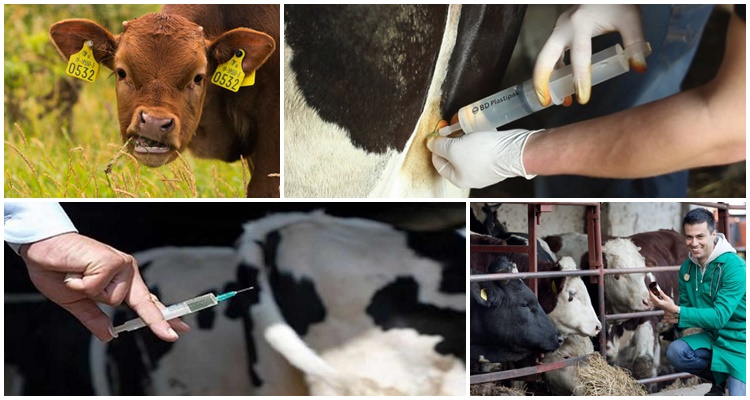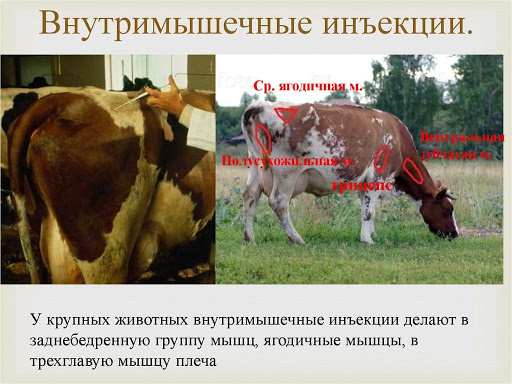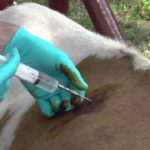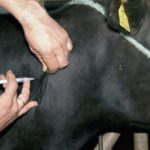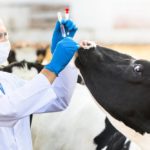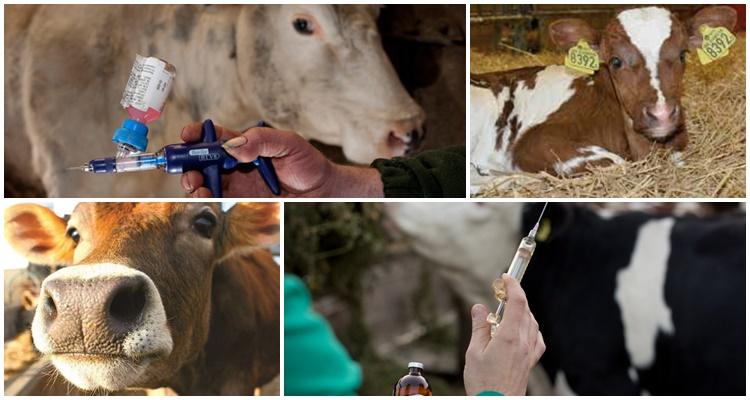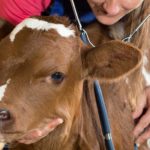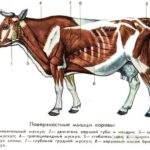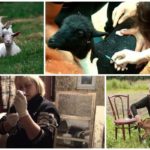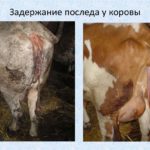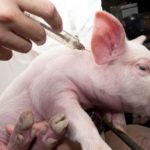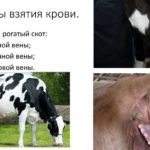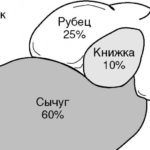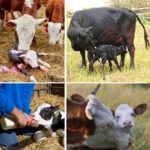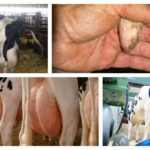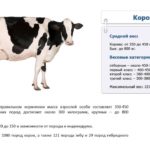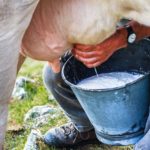Farmers cannot always turn to a veterinarian for help, so they must be able to independently administer drugs to cattle intramuscularly, intravenously, subcutaneously and nasally. Since cows and calves are afraid of injections, the owner must act clearly, quickly and calmly, observing safety measures. Ignoring the rules for preparing and carrying out the procedure is unacceptable, since a large animal in fright can injure itself and a person.
Are cows afraid of injections?
The cows do not understand that the owner is preparing to give them an injection, but they are frightened by incomprehensible and unusual actions performed by humans, as well as medical odors, especially the smell of alcohol. A frightened animal, given its size, can destroy a stall and injure a farmer, veterinarian, or livestock in neighboring stalls. Due to sudden movements, the needle inserted into the body may break off and get stuck under the skin.
Therefore, the cow is fixed before the procedure. The farmer must act quickly and confidently, introduce the drug with a sharp movement, but carefully, while looking calm. Speed of action is important so that the pet does not have time to figure out what is happening.
To prevent the needle from breaking due to sudden movement of the animal, it is inserted into the muscle perpendicular to the surface of the body. During the procedure, the owner should not shout at the cow or beat it. Before the injection itself, it is advisable to pet the pet and address it in a quiet and gentle tone.
What will you need?
To give an injection to a cow or calf, you need:
- disinfected needle;
- syringe;
- prescribed drug or vaccine;
- a cage for fixing the body or a machine for immobilizing the animal's head.
The volume of the syringe depends on the dose of the medicine, and the size of the needle depends on the size of the animal, location and method of administration. So, you can inject a calf with a 2.5 cm needle. It is better to give an injection to a bull with an automatic veterinary syringe: this is a convenient option that allows the owner to stand at a sufficient distance from the pet.
Preparing the animal
On large farms, cattle are usually immobilized in a cage before vaccination. Or they fix the head in a pen fixed near the pen. In small farms where there are no pens or cages for vaccination, the cow has to be held with ropes. Several people hold the animal while the owner injects the drug.You can turn to horse breeders for help; they know how to make a lasso and throw it over cattle.
If the cow's body is dirty, then it is washed with warm water and dried. The injection site is wiped with alcohol. The owner washes and disinfects his hands. The optimal place for an injection in a cow is the jugular vein in the neck. Less commonly, the injection is placed between the base of the tail and the pelvic bone.
Before using a medicine or vaccine, you must carefully read the instructions. Some veterinary drugs must be injected into specific areas of the body. To avoid mistakes, you should consult with your veterinarian which part of the body is best to inject this or that medication.
Subcutaneous injections
Water-, oil-, and alcohol-based solutions are injected under the skin. The drug begins to act 5-20 minutes after the injection, which is faster than when injected into the muscle. Subcutaneous injections are less painful for the cow. For injection, select an area where the skin is folded, easily pulled back with fingers, and there are no large vessels, nerve nodes, bone or vein tissues nearby. The best options are to inject into the neck, middle of the forearm or dewlap.
Make a subcutaneous injection as follows:
- Wipe the injection site with alcohol.
- Stretch the skin with your fingers.
- The needle is inserted at an angle of 30° to the surface of the body.
- Squeeze out the medicine.
- Take out the needle.
- The injection point is lubricated with iodine.
In sick calves, medications are administered intraperitoneally if subcutaneous administration is not feasible.Serous tissues in the abdomen have increased resorption, due to which a small animal can be given a significant volume of fluid, which is used for dehydration and dyspepsia. For calves under 3 days of age, medications are placed in the hungry hole on both sides, and from 3 days of age - only on the right. The needle is inserted slowly, directed towards the middle of the abdominal cavity, slightly down and back at an angle of 50°.
How to give an intramuscular injection?
Emulsions, antibiotics, and compositions in the form of suspensions are placed into the muscle. When administered correctly intramuscularly, the drugs quickly spread through the blood throughout the body. You cannot inject at a point near which there are large vessels, nerve nodes, bone and cartilage tissues.
For the injection, select an area with a thick muscle layer: the buttock, dewlap or triceps brachii muscle. To inject an adult animal, take a 4 cm needle with a sharply beveled end, for an injection to a calf - 1 cm. The needle should not be crooked or dull, otherwise the procedure will be painful and may cause a purulent inflammatory process.
An intramuscular injection is given as follows:
- The needle is brought perpendicular to the body.
- Injected into muscle tissue 2/3 of the way.
- By pressing on the piston, the medicine is sprayed out of the syringe.
- Remove the needle from the muscle.
- Lubricate the injection point with iodine.
If two medications need to be administered, then after the first injection the syringe is disconnected and the needle is left in the body. Take another syringe with the drug, attach it to the needle, and squeeze out the solution.
Intravenous injections
Liquid preparations with high transparency are injected into the vein, which do not provoke the clumping of red blood cells. Intravenous injections of cloudy solutions that form sediment are unacceptable.Intravenous infusions are used only in emergency cases: for example, with severe paresis, a tetanic attack in a cow, or with a serious electrolyte imbalance in a sick calf. For injection, you can use either a disposable syringe or a Bobrov unit. The injection is made into the jugular vein running along the neck. Finding it is not difficult: you need to lift the cow’s head, stretch the skin on the neck. The largest protruding vessel under the skin is the jugular vein.
An intravenous injection is given to a cow as follows:
- Having found the jugular vein, squeeze it with your finger so that it swells. The filling is determined by touch. When filling is low, the finger pressure is reduced.
- The injection site is wiped with an antiseptic.
- The needle is immersed into the body, pointing upward at 45°. Blood should come from the wound. If it does not flow or comes in a weak stream, then the needle either entered the wrong place or did not pierce the vascular wall. The direction or depth of the needle needs to be adjusted.
- The needle is held with the thumb and forefinger. Remove the finger squeezing the vein.
- The medicinal solution is slowly injected.
- After the injection, the vein is compressed again and the needle is pulled out.
- The injection point is wiped with iodine.
It is more difficult to give an intravenous injection to a cow than any other; if you are unsure, it is better to seek help from a veterinarian. The medicine immediately enters the bloodstream; it is unacceptable to exceed even the minimum dosage.
How to give a nasal injection (inject into the nose)
The procedure requires a nasal infusion syringe with a plastic tip.
The owner must:
- It is good to fix the animal's head.
- Take the medicine into the syringe.
- Insert the tip into the cow's nostril.
- Inject the medicine with quick pressure on the piston.
- Remove the tip. Repeat the steps with the second nostril.
How to avoid mistakes
When injecting drugs into a cow, the farmer must not only monitor the safety of the animal’s health and life, but also protect himself from injury and trouble when the pet is afraid of injections.
The owner must:
- Place the injection outside the cage where the animal is located. Don't go inside.
- Do not insert your head or hand between the bars of the cage. A cow that is afraid of an injection may kick, which will result in serious injury or death for the owner.
- Do not be nervous or angry during the procedure. The cow feels emotions.
- Do not use unsterile, bent or broken needles.
- Store medications in the refrigerator or as directed in the instructions.
- Disinfect needles after each use. Or throw it away.
- Do not use expired medications.
- Do not pour medications into containers that contain other solutions.
- Select the syringe size according to the dosage.
- Do not mix medications. Take a separate syringe for each medicine.
- Give injections according to the weight of the animal. The dosage is indicated in the instructions, how many milliliters should be for a certain body weight.
- Warm solutions before use. A cow may go into shock when a cold drug is injected into a vein.
- Before injection, check if there is air in the syringe.
Injections are often given to cows and calves for both therapeutic and prophylactic purposes, so farmers need to know the injection technique and how to help the cow not be afraid of the procedure. Giving cattle injections is not difficult, the main thing is to comply with the dosage and sanitary standards.

